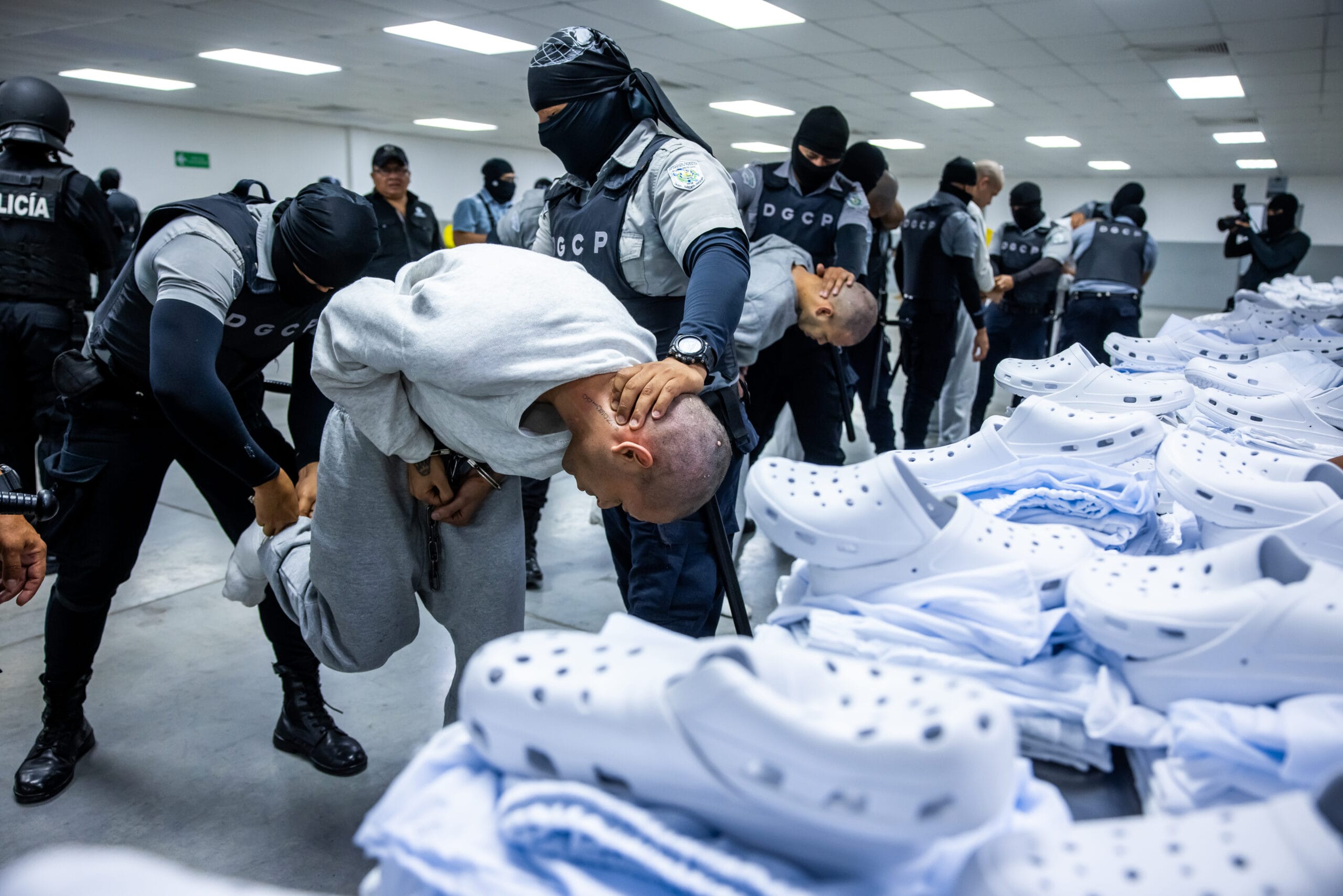
Have you ever wondered how a single political decision can ripple through an entire nation’s legal framework and social fabric? In the ever-evolving landscape of immigration policy in the United States, recent developments involving former President Donald Trump’s aggressive stance present a fascinating case study. The intricacies of this issue are now unraveling at the highest judicial level, the Supreme Court, as it prepares to weigh in on what could be one of the most audacious immigration measures in modern history.

Understanding the Context: Trump’s Immigration Strategy
Navigating the politics of immigration has always been challenging, but Trump’s approach raised the stakes. Defining his presidency with hardline immigration policies, Trump’s strategies often generated headlines. Now, his attempt to invoke the Alien Enemies Act of 1798 has captured the nation’s attention, sparking debates about legality, historical precedent, and human rights.
The Alien Enemies Act: A Blast from the Past
The Alien Enemies Act might sound like something out of a spy novel, yet its origins date back to 1798. This law was designed during a time of tangible threats to national security, giving the President sweeping powers during times of declared war or military invasions. The legislation, forgotten for decades, has been dusted off by Trump’s legal team in a bid to deport immigrants unilaterally. However, the historical context — wars with declared foreign nations — starkly contrasts with the present peace-time use Trump proposes.
A Legal Battle: Trump v. J.G.G.
The case that could redefine presidential powers in immigration matters is titled “Trump v. J.G.G.” On the shadow docket of the Supreme Court, it underscores the tension between executive power and judicial oversight. Trump seeks to bypass a lower court order that blocks his initiative under the Alien Enemies Act, arguing for unrestricted authority to expel immigrants purportedly without the usual legal scrutiny. The stakes are high, as the Supreme Court’s decision will set a precedent for how far a President can go when imposing immigration controls.
Breaking Down Trump’s Arguments
In dissecting Trump’s legal rationale, three primary arguments emerge. Understanding these will be key to grasping the complexity of the case and the potential implications if the Supreme Court sides with Trump.
Argument 1: Stretching the Alien Enemies Act
Trump’s first point revolves around using the Alien Enemies Act during peacetime, targeting not a foreign nation but a criminal gang, Tren de Aragua. This group, originating in Venezuela, is cast as a threat equivalent to an invading nation. Yet, stretching this 18th-century law for contemporary purposes without a Congressional war declaration raises eyebrows. Legal experts and historians alike question whether this approach meshes with the original intent of the law.
Argument 2: Limiting Legal Challenges
In a world where legal processes can grind for years, Trump’s push to restrict challenges to his deportation order is telling. By mandating that these cases be heard in Texas, known for its conservative judicial leanings, Trump potentially stacks the deck in his favor. Moreover, the focus on individual “habeas” proceedings creates further hurdles, potentially rendering collective legal challenges impotent.
Argument 3: Fast-Tracking Deportations
Timing is everything, and Trump’s third argument banked on speed. His administration’s vision involves immediate deportations with little chance for legal recourse. Should this strategy hold, once the deportation wheels are in motion, immigrants could be expelled before their lawyers even know what hit them.

Legal Counterarguments: The Pushback
Proponents of judicial oversight and immigrant rights are mobilizing, challenging Trump’s claims with equally potent arguments that hinge on historical context, legal precedents, and procedural fairness.
The Historical Argument: Sticking to the Script
Critics argue that the Alien Enemies Act has only been justified when nations formally clashed. In essence, Trump’s interpretation bends history itself, applying a legal tool designed for national conflicts to unrelated criminal threats. This unprecedented twist lacks solid legal backing, according to many legal scholars.
Procedural Fairness: The Heart of Justice
By blocking sweeping deportations without due process, opponents emphasize the importance of procedural fairness. Referencing prior Supreme Court decisions, such as “Skinner v. Switzer,” they highlight that cases not challenging detention itself fall outside habeas proceedings, calling into question Trump’s strategy of bypassing comprehensive legal scrutiny.
The Immigration and Nationality Act: Another Layer
Beyond the ancient statute lies another legal framework underpinning immigration policy — the Immigration and Nationality Act. Unlike the Alien Enemies Act, this 20th-century law provides procedural safeguards for immigrants, including rights to asylum and hearings. Trump’s approach could endanger these protections, posing broader threats to the legislative structure governing immigration.
The Role of the Supreme Court
All eyes are now on the Supreme Court, which must navigate not just legal texts but the implications of this case for executive power and individual rights. This isn’t merely a legal issue; it’s a defining moment in how America interprets its values and applies its laws.

Consequences and Implications
While legal experts dissect the intricacies and precedents, ordinary people feel the real-world impacts. Immigrants, lawyers, policy-makers, and human rights advocates all watch with bated breath. A ruling in Trump’s favor could embolden future presidents to seek similar powers, reshaping the landscape of U.S. immigration policy.
The Human Side of Legal Decisions
Stories of those affected personalize what often seems like a distant legal battle. From dreams dashed to families separated, for many immigrants, this case shapes futures in the most profound ways.
Legal Precedents: Who Writes the Rules?
If the Supreme Court sides with Trump, established norms around immigration and executive power could shift dramatically. The balance of power between the judiciary and the executive could see a seismic change, raising questions about the future of constitutional governance.
The Waiting Game
As the Supreme Court deliberates, the nation waits. Will Trump push the boundaries of presidential power? Or will historical precedent and procedural fairness prevail? The outcome will resonate not only in legal bindings but in the lives of countless individuals navigating the American dream.
In this intersection of policy, power, and personal stories, the question lingers: who gets to decide what justice looks like in America? As we await the Supreme Court’s verdict, perhaps the broader dialogue about power, justice, and humanity will continue to evolve, guided by both past wisdom and current realities.

